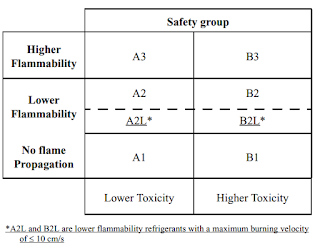To calculate the volume of oil, water and gas in place in a reservoir, we need to know the
acre-feet of the reservoir (the area of the reservoir times its thickness in feet), the porosity
of the reservoir in percent, and the percent saturation of the oil, water and gas. Note that
the sum of the percent saturation of the three fluids must equal 100%.
The acre-foot was originally an irrigation term and refers to the corresponding volume of
an acre of fluid that is one foot deep. An acre is equivalent to 43, 560 ft2, so an acre-foot
is 43, 560 ft3. One barrel is equivalent to 5.617 ft3, so there are 7, 758 barrels in one acrefoot. In order to calculate the barrels of oil in place in a reservoir, we multiply 7, 758 by
the acre-feet of the reservoir, by the porosity of the reservoir, and by the percent
saturation of oil. To determine the barrels of water and gas in place, we simply replace
the percent saturation of oil with the water and gas saturation, respectively. In conclusion,
it should be said that it is not possible to recover all of the oil in place. The amount that
can be recovered depends on the reservoir pressure and permeability, as well as the oil
viscosity.
OOIP = 7758*A*h*∅*(1-Sw)
Where OOIP is the original oil in place in barrels
A is the Area in acre-feet h is the thickness of the oilsand ∅ is the porosity, fraction Sw is the water saturation, fraction
OGIP = 43,560*A*h*∅*(1-Sw)
Where OGIP is the original Gas in place in cubic feet
A is the Area in acre-feet h is the thickness of the gas sand ∅ is the porosity, fraction Sw is the water saturation, fraction

No comments:
Post a Comment